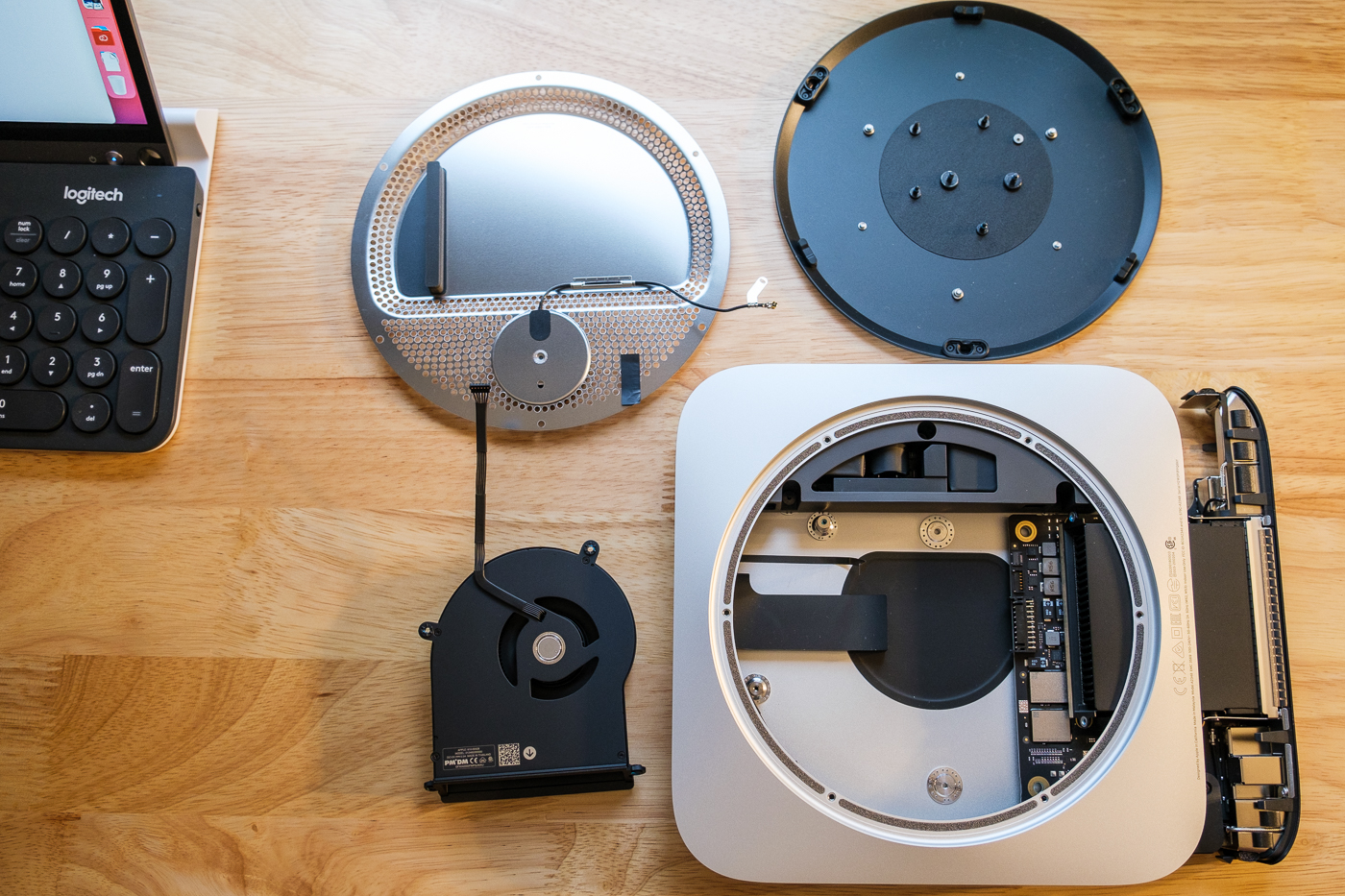

Apple has gone through a number of different architectures, from Motorola CPUs in its Wozniak days, through PowerPC chips in the ‘90s, to Intel x86 processors in 2005.


Why is the transition to Apple processors so important? After all, Apple has been designing its smartphone processors since 2010, and this is not the first time it has embraced a new CPU architecture. This year, the big news is hidden deep inside the anodized aluminum chassis of new MacBooks, in the form of the Apple M1 System on a Chip (SoC), which is replacing Intel processors in 13-inch MacBooks and the Mac Mini. Every Apple event attracts a lot of attention, but the launch of the 2020 MacBook Air, MacBook Pro, and Mac Mini was about more than new features and sleek industrial design.


 0 kommentar(er)
0 kommentar(er)
